In this post, we cover how drones are now being widely used to fight the spread of the COVID-19 pandemic and how this could present us with a glimpse into the future of how public health will be monitored by governments and other public health authorities.
Over the last few years drones use has rapidly grown in popularity. They are an especially powerful asset for photographers and filmmakers in aerial photography and have significantly influenced how motion pictures are filmed nowadays. Can you even imagine watching a nature documentary without shots from a bird’s eye view anymore? Or even your favourite YouTuber's daily vlog without transitions shots from a bird's eye view? You probably can't.
Although there are many advantages that come with this new technology, drones are highly controversial, particularly in the western world. Nevertheless, these days, during the current worldwide crisis, drones have become essential in the fight against the COVID-19 pandemic.
Drones used to deliver vital medical supplies
To begin with, drones are used to deliver vital medical supplies and personal protective equipment (PPE) to remote areas or areas that are not easily accessible. Using traditional methods of transport, such as rail, ocean, road and air freight, causes bottle necks in the delivery of these vital supplies to geographically remote or inaccessible areas. The use of drones significantly reduces these bottlenecks, reducing lead time, and ensures that vital supplies arrive when needed.
One example of this is the UK Department of Transport’s use of drones to delivery supplies from mainland Britain to the Isle of Wight. The fixed-wing drones, which were engineered by the University of Southampton, can fly 1000 km, and carry up to 100 kg. The project was, among others, inspired by the work of the U.S. medical drone company Zipline, which had already been supplying people with limited access to medical care in Ghana and Rwanda with medical supplies long before the pandemic. Similar projects are in place all over the world from parts of Asia all the way to South America.
Traditional freight transportation that could take up to a few days for delivery can now be replaced by lightweight drones that need only 30 minutes to arrive at their destination. According to the World Health Organization (WHO), two billion people in Africa live in remote areas, thus the mode of transportation via drone can be life-saving for them.
A different approach to medical supply drone delivery is to go directly to at-risk groups such as the elderly straight to their homes where they are sheltering in place. Also, neighbourhood drop-off points are being discussed.
Drones used for disinfection of public areas
Another widely used application of drones is to disinfect public areas such as streets, parks and plazas. Major cities such as Dubai, Shanghai and New Delhi are already putting drones to use in this manner. In fact, India has announced that they are planning to develop the ultimate COVID-19 disinfection plan using drones. This plan would comprise of two approaches: The first would use a drone that is highly effective in disinfecting large open areas covering an area of one football field within only five minutes. The second would be a drone that kills bacteria and viruses with short-wave ultraviolet (UVC) light.
In Europe, at the moment, similar sanitation projects are operating or are planned to operate on a small scale. However, the French city of Cannes has already started testing drones that are usually used for agricultural purposes to disinfect the entire city.
Drones used to make public service announcements
In many countries, drones fly through city streets to make public service announcements (PSA) with a megaphone or to supervise peoples’ behaviour as a flying observer. The Spanish police used quadcopters to check if people were sticking to the strict lockdown measures and cautioned the ones who appeared to be in violation.
Drones used for body temperature controls
However, the most important feature regarding surveillance during a pandemic is to monitor body temperature. Hot spots can easily be detected by drones to allow authorities to deal with them swiftly in an effort to save lives. When the outbreak started to spread in China, authorities within public domiciles such as apartment buildings took their residents’ temperature. This practice proved to be risky, as the personnel who implemented the temperature checks were highly exposed to infection themselves. Due to the incubation period of up to two weeks after infection, if those implementing the body temperature controls were to be infected, they could become a “super spreader” of the virus as they were in contact with many people each day. Therefore, drones have become the perfect solution in order to avoid this risk.
The use of drones for body temperature control allows other humans to maintain a safe distance while temperatures are taken. The Chinese drone market leader DJI has been testing different measures to make the temperature control as accurate as possible with drones. “After DJI’s engineering team tested different ways to calibrate airborne infrared cameras to measure body temperature, results showed that by installing a cotton swab within the field of view of the thermal camera, the camera can get an accurate reading.”
Italy has also started drone body temperature control, particularly in the European epicentre of the outbreak, Lombardy.
Public concerns over the use of drones
While drones can be highly effective in the fight against viruses such as COVID-19, this influx of drone activity is not without its concerns. Although drone companies and governments ensure that no individualized data is collected, some Europeans in particular have major concerns when it comes to data security.
Many drone projects can be observed in Asia and Africa that couldn’t be implemented in most of the European countries due to legal hurdles. An EU-wide drone regulation, originally planned for 2019, will probably not be introduced before January 2021, because some states are not progressing quickly enough with the implementation into national law. Until then, the old drone regulation will apply with many restrictions due to moral scruples.
Are drones here to stay?
The use of drones looks poised to have a major role in our future, especially given the outbreak of the COVID-19 virus. Although there are some concerns, the advantages that drones present in their ability to deliver supplies quickly while also allowing authorities to keep a safe distance from the public to make PSAs and carry out health checks are likely to outweigh the disadvantages when all is said and done.
One thing to keep in mind about drones is that these are not cheap pieces of equipment, thus high quality protection during transport and storage will be imperative to keep them functioning over the long haul. Peli Products produces a wide range of protective cases that are perfect for protecting anything that you deem valuable. If you are interested in speaking to a Peli customer success manager about how we can help to protect your drones, please don’t hesitate to contact us today.





.png)





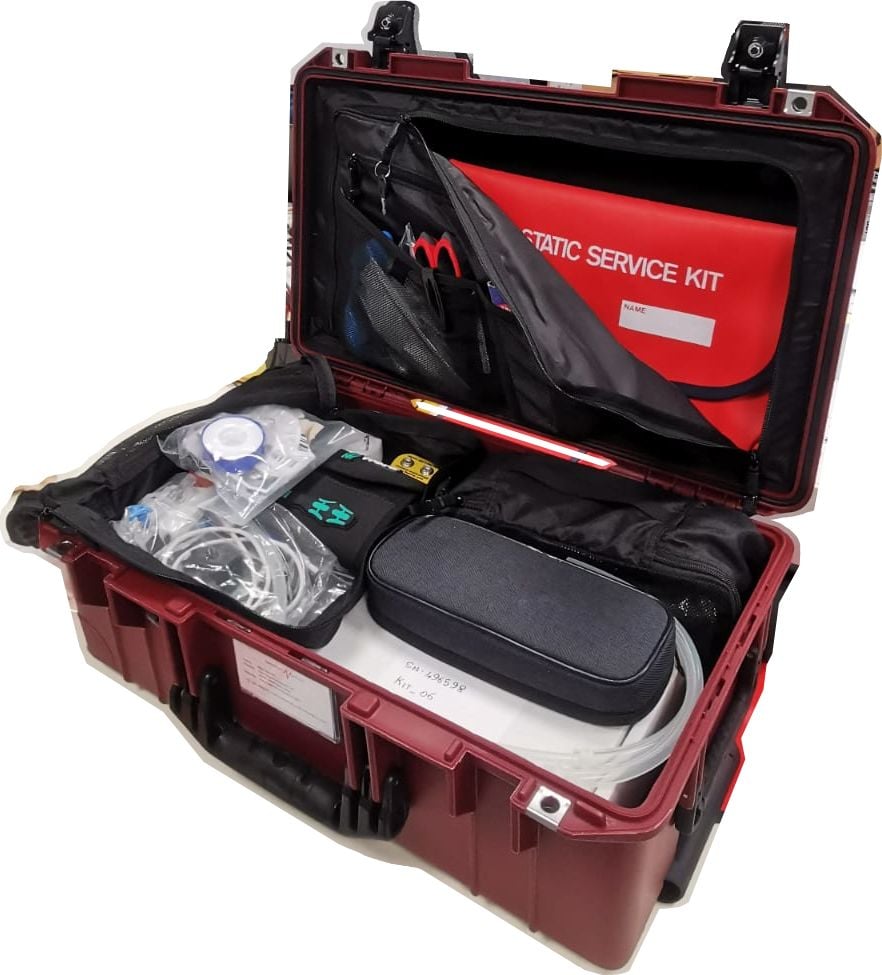

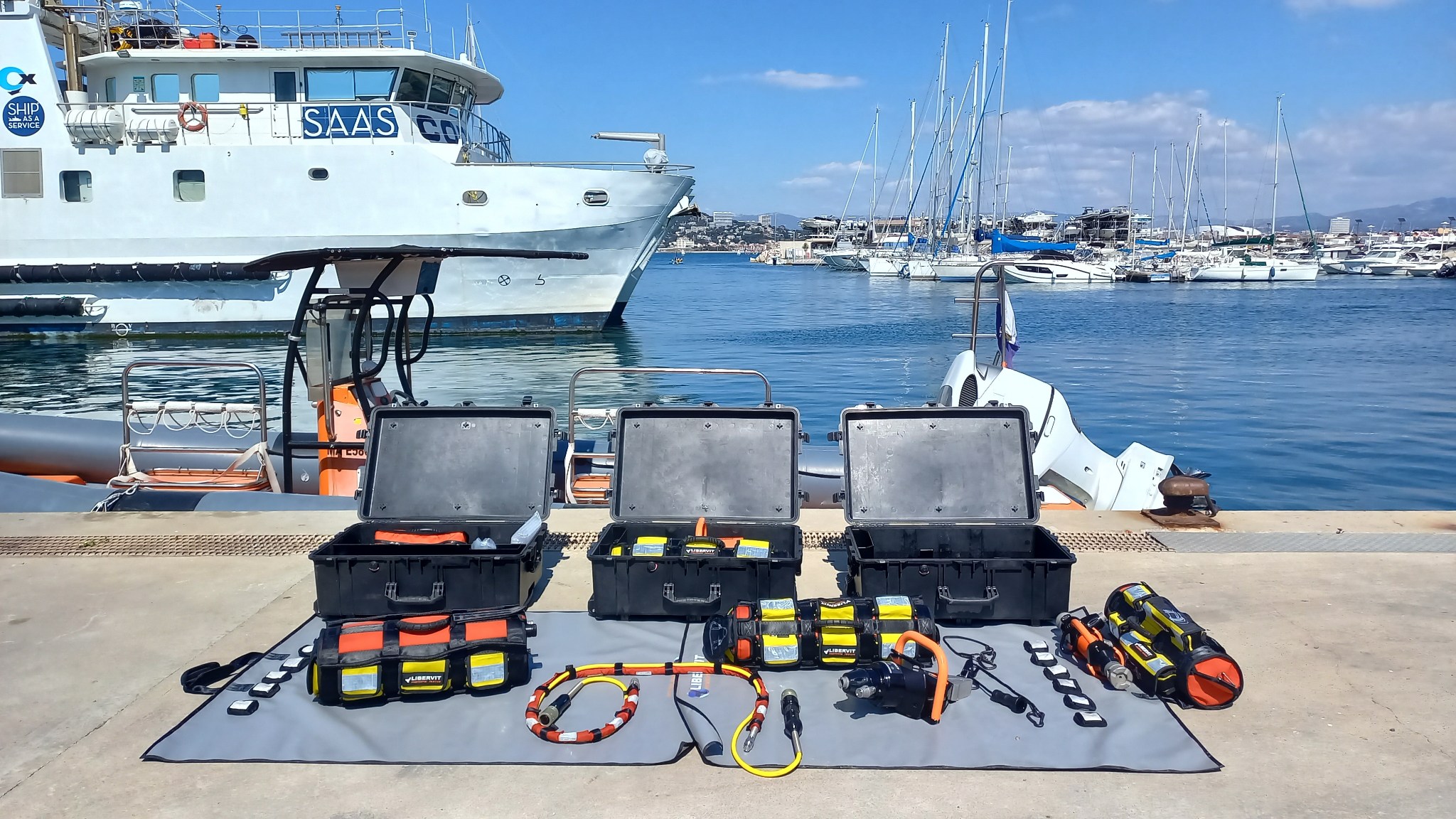
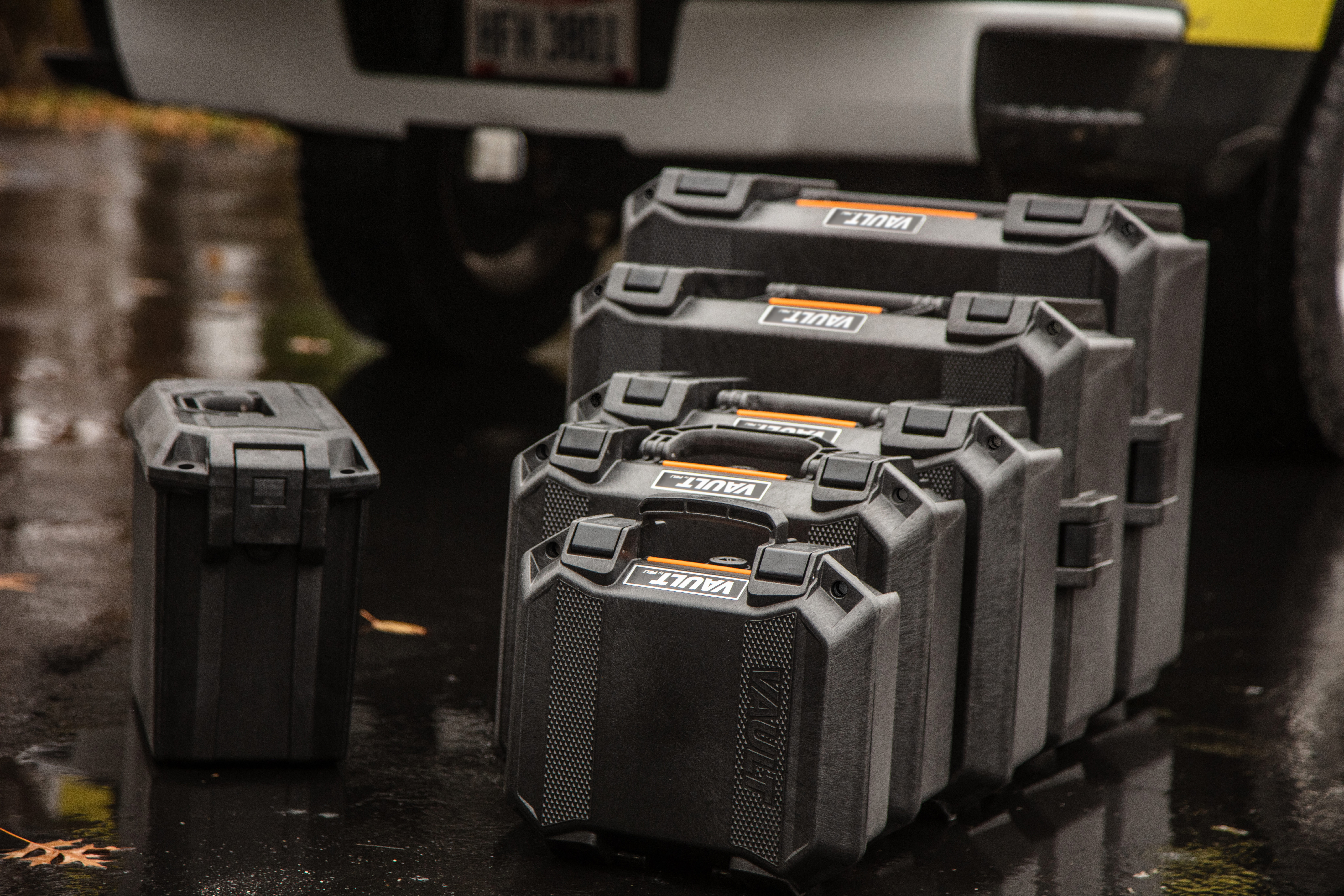
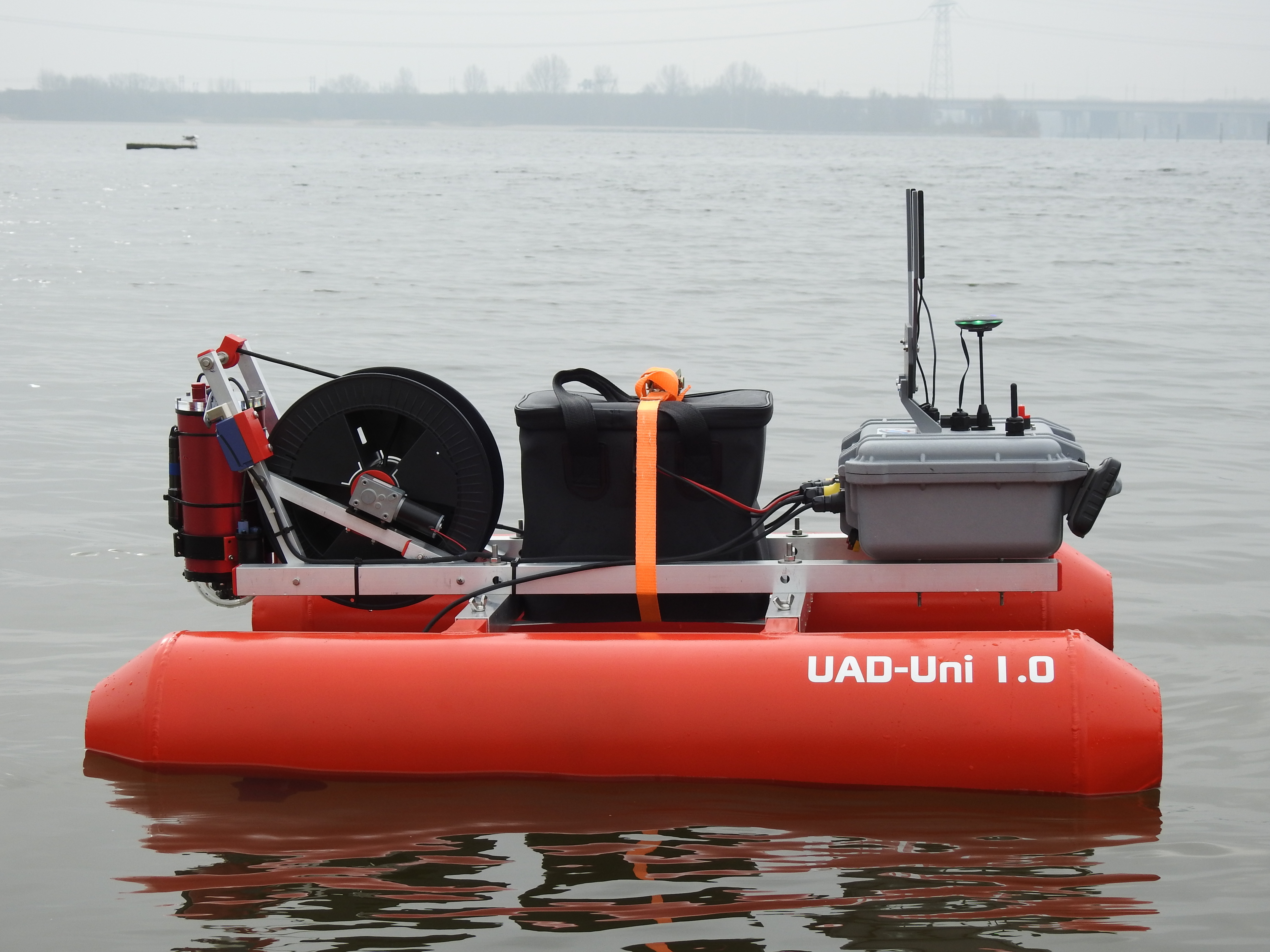
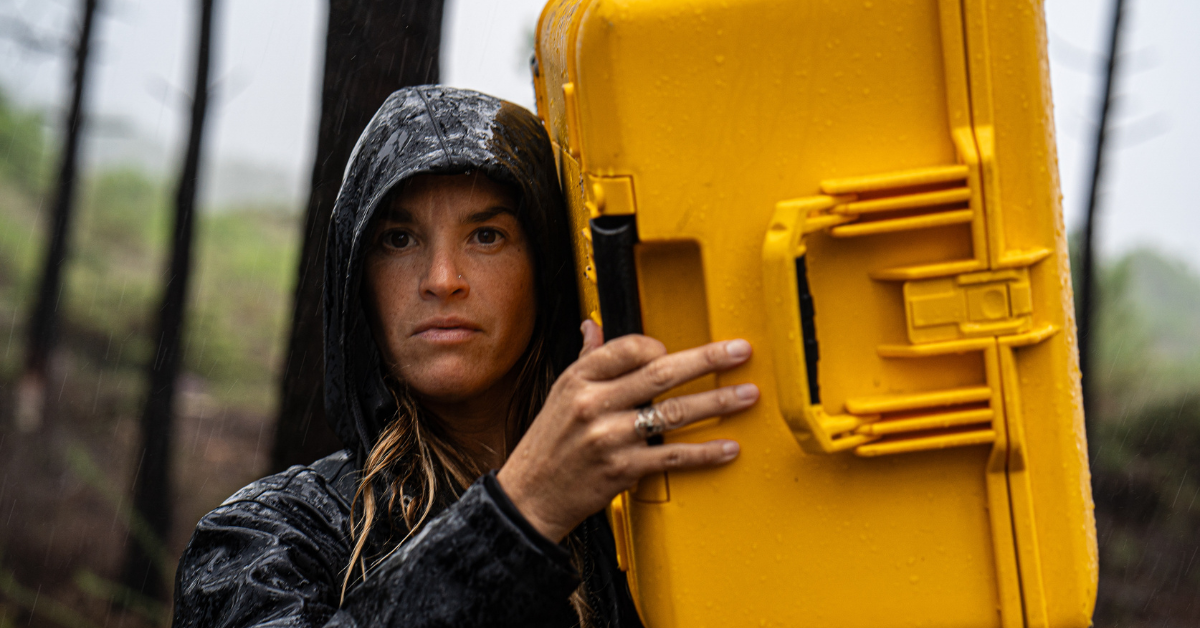
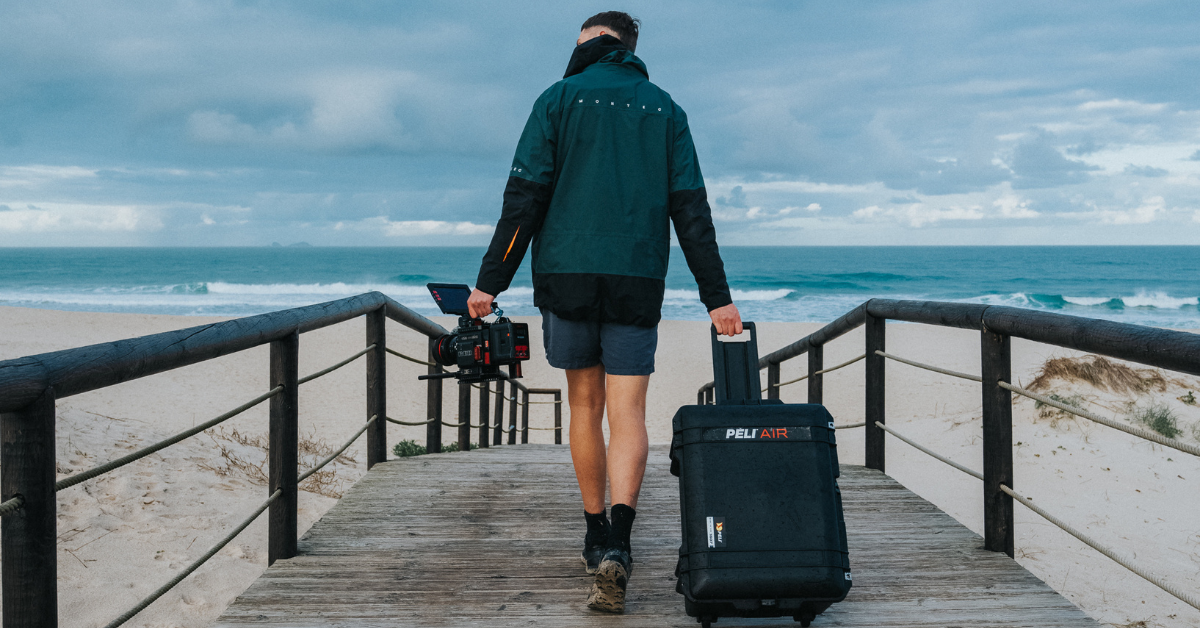

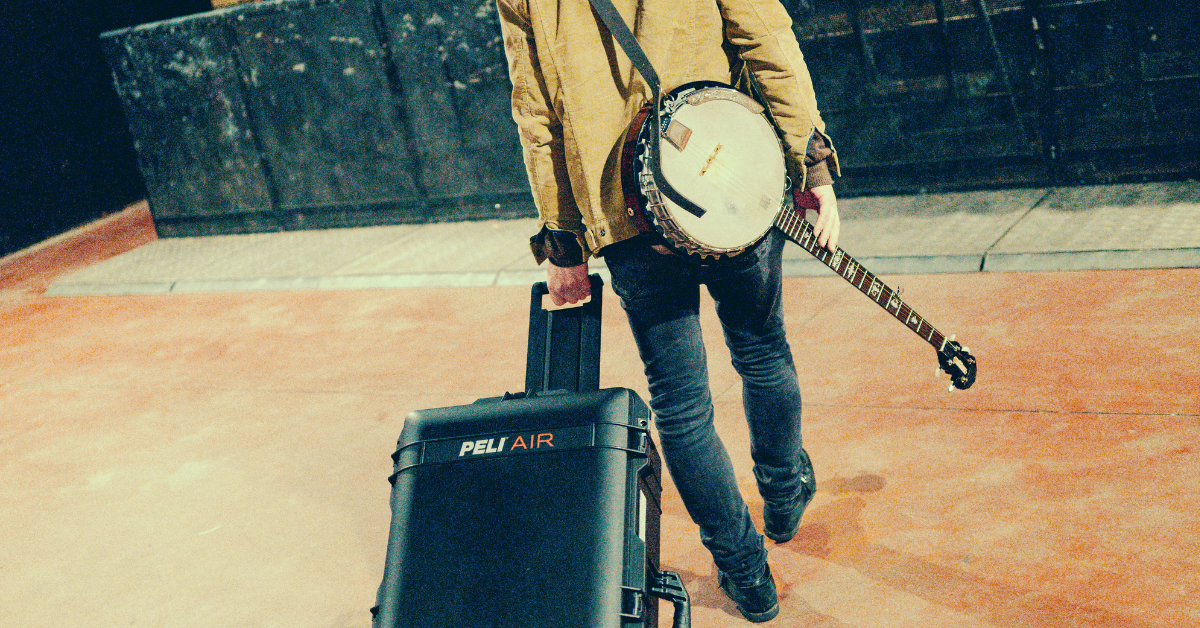
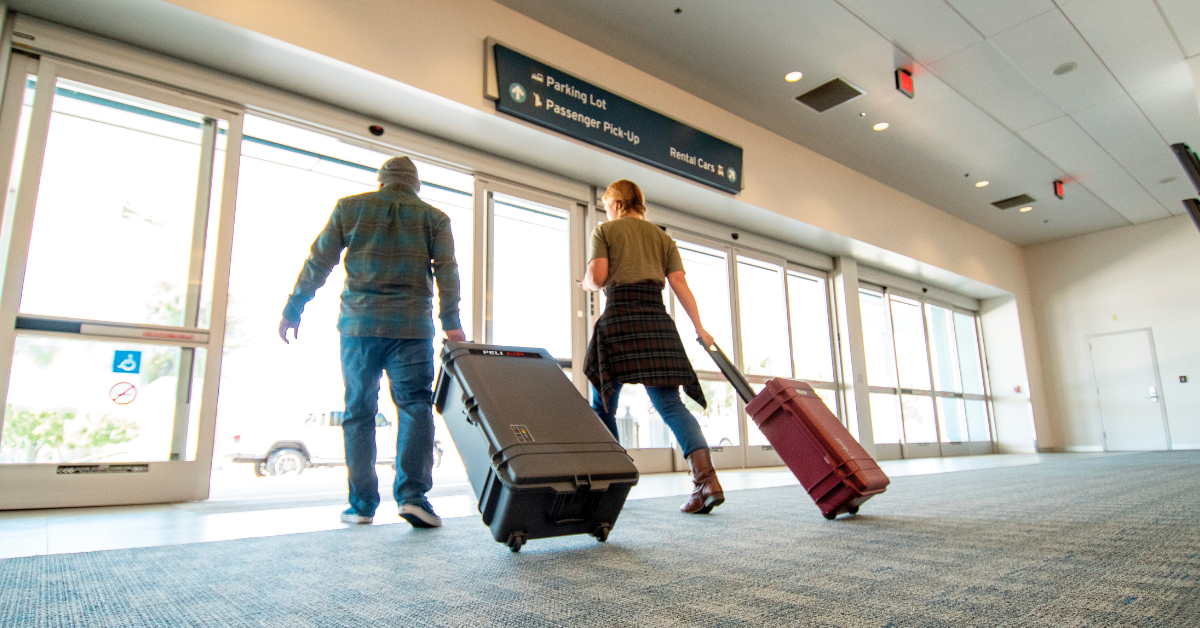
Post a comment